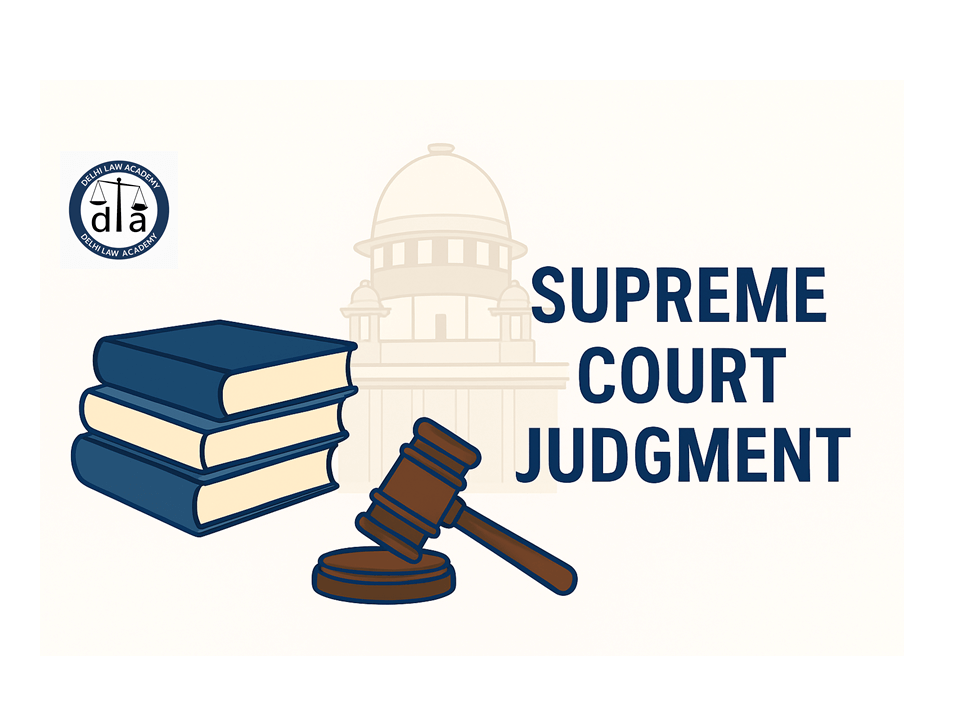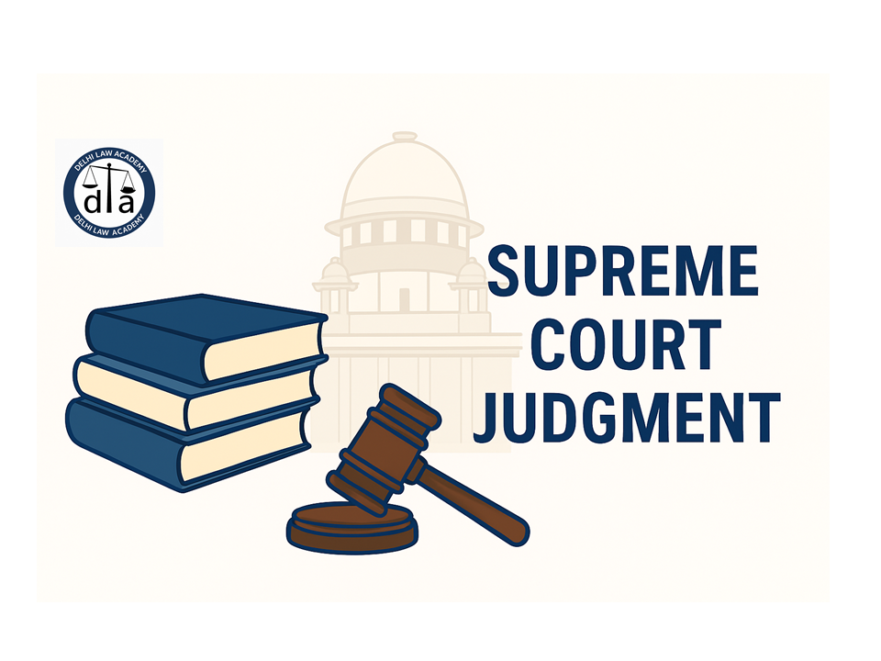
⚖️ Section 27 – Evidence Act Explained
The Evidence Act forms the bedrock of every Judicial Service exam in India. Its thorough knowledge is essential for RJS, DJS, PCS (J) and other aspirants. To assist aspirants, Delhi Law Academy Jaipur provides a series of study modules covering all crucial aspects of this vital subject.
📌 Basic Idea of Section 27
The doctrine of confirmation by subsequent events is central to Section 27. It is founded on the principle that if a fact is discovered as a result of a search made on the strength of information obtained from a prisoner, such a discovery guarantees the truthfulness of the information provided by the prisoner.
📚 Case Study: Bodhraj v. State of J. & K. [2002 SC]
The Supreme Court has consistently held that in cases resting on circumstantial evidence, guilt can be inferred only when all incriminating facts and circumstances are incompatible with the innocence of the accused or guilt of any other person. Each circumstance must be proved beyond reasonable doubt and closely connected with the principal fact.
Emphasis was laid on recovery of the weapon of assault, based on information given by the accused while in custody.
Section 27 acts as a proviso to Sections 25 and 26. A statement made in police custody which distinctly relates to a fact discovered is admissible. The admissible portion is limited to “so much of such information” that distinctly relates to the discovered fact.
🔹 Purpose of Section 27
The preceding sections (25-26) prohibit statements under police influence to prevent false confessions. Section 27 allows admissibility of statements that lead to discovery of a fact. The information must come from an accused in police custody. Statements provided outside custody may be inadmissible under Section 27.
📝 Information Leading to Discovery
Only the information given by the accused leading to the discovery is admissible, not the opinion formed by the police. Proper recording and proof of the exact information are essential for its admissibility.
💡 Doctrine of Confirmation by Subsequent Events
The doctrine embedded in Section 27 ensures that any fact discovered due to information obtained from a prisoner serves as confirmation of its truth. The information may be confessional or non-inculpatory, but if it results in discovery of a fact, it becomes reliable.
📜 Scope of Information
Information admissible must distinctly relate to the discovered fact, but it should not be truncated to the point of incomprehensibility. Simple statements, such as leading police to a place where articles were concealed, are sufficient to demonstrate the discovery of fact.
Case Reference: Pulukuri Kottaya v. Emperor [1947 PC] – The “fact discovered” includes the location of the object, the knowledge of the accused, and the specific information leading to it.
📚 Further Reading for Law Aspirants
Explore more useful resources from Delhi Law Academy to strengthen your preparation:
❓ FAQs on Section 27 – Evidence Act
Contact us
📍 Delhi Law Academy – Jaipur Branch
6C, Tower 2, Coaching Hub, Pratap Nagar, Jaipur – 302033
📞 Phone:
+91 9911916552
+91 8447285606
✉️ Email:
contactus@delhilawacademy.com

